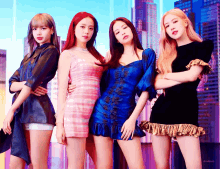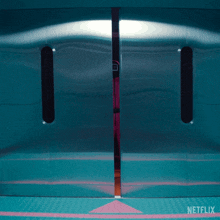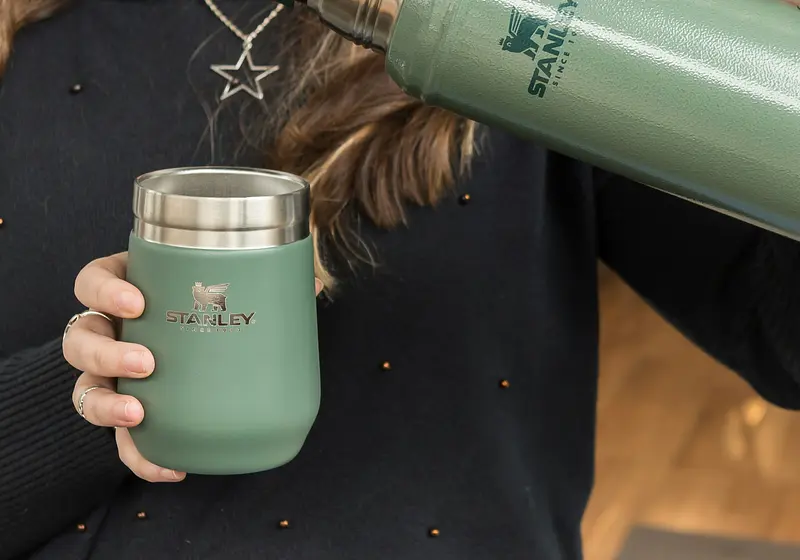In the world of social media, trends come and go in the blink of an eye. Some trends leave a huge and long-lasting grip on the consumer market and one of them has got to be the Stanley Cups. Hold on! Not the hockey championship trophy but the $45 Stanley Quencher H2.0 Flowstate Tumbler, a 40-ounce insulated water bottle that has taken over TikTok, Instagram and YouTube like wildfire.
The Stanley Cup has transformed from a hydration tool to a status symbol. But is this $45 cup worth the hype? Or is this just Gen Z's obsession with aesthetic products? This article will explore the abovementioned question, trying to decipher this huge frenzy related to this cup.
(Spoiler: Your $15 water bottle might just do the same job, minus the clout.)
Let us slide into your dms 🥰
Get notified of top trending articles like this one every week! (we won't spam you)How Did the Stanley Cup Become a Trend?
The Stanley Quencher H2.0 Flowstate Tumbler was originally designed as a practical water bottle for outdoor enthusiasts. For a long time, the company had difficulty selling these tumblers and couldn't find the right target consumers. They were sold so poorly that they were even discontinued from Stanley's website. However, it wasn't until social media influencers began showcasing it in aesthetic lifestyle content that it gained cult-like popularity.

Image Credits: Creative Commons Attribution from Wikimedia Commons
Platforms like TikTok and Instagram played a huge role in transforming the Stanley Cup from an ordinary water bottle to a must-have fashion accessory. In their daily vlogs, morning routines, and aesthetic "day in my life" videos.
These videos often showcased the cup as more than just a water bottle—it became a symbol of an aspirational lifestyle, effortlessly placed in car cupholders, gym bags and workspaces, all while matching perfectly with curated outfits and home decor. We see this bottle making its appearance in the clean girl aesthetic trend and wellness aesthetic rather than just a drinking vessel.
The Stanley Cup’s dominance was fueled by scarcity and exclusivity, creating a FOMO (Fear of Missing Out) effect that made it even more desirable. As viral videos showcased sold-out shelves and restock frenzies, the cup became more than just a water bottle—it turned into a status symbol.
This aligns with the snob effect, where consumers crave products precisely because they are rare and hard to get. Limited-edition releases and influencer hype only reinforced its exclusivity, making ownership less about hydration and more about social status and trend participation—much like luxury brands or designer handbags.

Take the Quiz: What K-Drama Should You Watch Next?
Take this quiz to find out what Korean drama you should watch next!
Is It Practical or Just Aesthetic?
Now, the real question is, what does the Stanley Cup have to offer?
Pros
- Keeps water cold for up to 11 hours.
- Has a large 40-ounce capacity.
- Comes in trendy colors that appeal to aesthetic culture.
- Fits perfectly in most car cupholders.
Cons
- Overpriced — $45 for a water bottle.
- Bulky and heavy — not ideal for portability.
- Marketing-driven hype — you’re paying for the brand, not the practicality.
- Easily replaceable — similar bottles from Yeti, Hydro Flask, or generic brands offer the same features.
So, why are people still obsessing over Stanley Cups?
Answer: Status.
Gen Z’s Obsession With "Aesthetic and Trend Driven Consumerism"
Gen Zers love aesthetic products, from wardrobe decisions to apartment decor to water bottle options. Their motivation goes beyond just utility to include the aesthetic appeal of a thing. Gen Z's desire for visually appealing products is satisfied with the Stanley Cup's simple, minimalist design and vibrant colors.
In a way, buying a Stanley Cup symbolizes belonging to a trend like owning a designer bag. It’s not about hydration anymore; it’s about fitting into a social media-driven lifestyle.

Image Credits: Creative Commons Attribution from Wikimedia Commons
However, that is not the only issue; consumerism and, specifically speaking, aesthetic consumerism or trend-driven consumerism lead to people spending money unnecessarily on products they don’t truly need, promoting overconsumption. Brands capitalize on trendy aesthetics instead of functionality, and it creates a false sense of social validation.
There’s an unsettling irony; this obsession with a stylized version of hydration exists in a world where millions still struggle to access clean, safe drinking water. The contrast between spending $45 (or more) on a water bottle for aesthetic purposes while others lack basic water security highlights the disconnect between consumer culture and real-world necessities. This raises questions about privilege, marketing influence and the skewed priorities created by social media-driven consumerism.
This phenomenon isn’t new. The same has happened with products like Dyson Airwraps, Apple AirPods Max, and iPad.
We can reflect that our current identity formation, in which what we acquire is viewed as an extension of who we are online. Brands and influencers have capitalized on this mindset, transforming everyday objects into symbols of status, belonging and cultural relevance, even when these items' real usefulness is identical to that of their cheaper, less-trendy counterparts.
Conclusion
At the end of the day, the Stanley Cup is only a water bottle, but the frenzy around it reflects Generation Z's connection with consumerism. The Stanley Cup will eventually lose its appeal. Another product will emerge, dominating social media, and the cycle will continue. The takeaway from this article is to consider how influencer driven trends have blurred the distinctions between necessity and luxury, practicality and beauty.
Well, there's nothing wrong with buying a Stanley Cup; the true issue occurs when purchasing power is motivated by social approval rather than personal necessity. In the long run, the trend will recede, but the effects of mindless consumption will endure.












